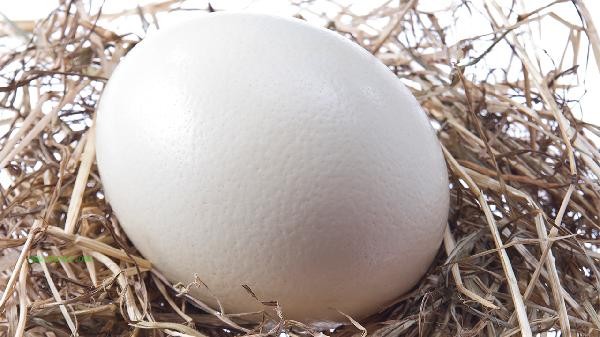The chemical essence of growth hormone is protein. Growth hormone is mainly secreted by the anterior pituitary gland, and its molecular structure is a single chain polypeptide composed of 191 amino acids. It has physiological functions such as promoting bone growth, protein synthesis, and fat metabolism.

1. Protein structure:
Growth hormone belongs to the class of protein hormones, and its primary structure is composed of specific sequences of amino acids connected by peptide bonds. The molecular weight is approximately 22kDa, and the spatial conformation maintains stability through disulfide bonds. This structural characteristic determines that it is easily broken down by digestive enzymes in the gastrointestinal tract, so clinical administration requires injection.
2. Biosynthesis:
Growth hormone is synthesized in pituitary growth hormone cells, undergoes gene transcription and mRNA translation to form precursor proteins, and after cleavage modification, forms active molecules. The synthesis process is regulated by both hypothalamic growth hormone releasing hormone and somatostatin, reflecting a typical protein synthesis pathway.
3. Functional mechanism:

As a protein hormone, growth hormone acts by binding to growth hormone receptors on the surface of liver cell membranes, activating the JAK-STAT signaling pathway and stimulating the production of insulin-like growth factor-1. This receptor ligand binding mode has high specificity and is a typical example of protein interactions.
4. Physical and chemical properties:
Growth hormone has common protein characteristics: it is volatile in acidic and alkaline environments, prone to deactivation above 56 ℃, and can cause structural damage under ultraviolet radiation. These characteristics require it to be stored in the dark and refrigerated, and the clarity of the solution needs to be checked before clinical use.
5. Clinical application:
Recombinant DNA technology produces growth hormone that is identical to its natural structure and is used to treat growth hormone deficiency in children. Its protein nature determines the need for subcutaneous injection, and oral administration will be degraded and ineffective by gastric acid and proteases.

For individuals who require growth hormone therapy, it is recommended to use medication in a standardized manner under the guidance of a doctor and regularly monitor blood glucose and thyroid function. It is necessary to ensure sufficient sleep and balanced nutrition in daily life, especially high-quality protein intake, and avoid injecting immediately after intense exercise. Child patients should measure their height and weight every 3 months, and adolescent patients should pay extra attention to bone age development. When storing drugs, pay attention to refrigeration at 2-8 ℃ to avoid freezing or shaking.








Comments (0)
Leave a Comment
No comments yet
Be the first to share your thoughts!